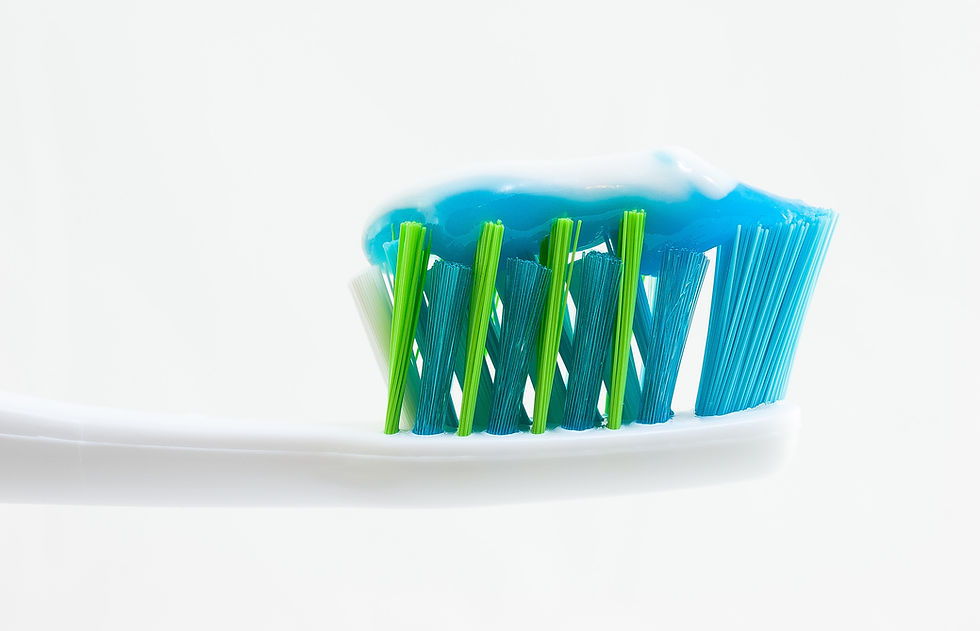What is Bone Grafting?
- Mountaineer Periodontics

- Feb 19, 2020
- 3 min read
Updated: Aug 18

When teeth are missing, surrounding jaw bone can be reabsorbed, creating an environment that is not conducive to stabilizing dental implants. In the past this would prevent patients from receiving implants, leaving them with only dentures as an option.
The advances in bone grafting have now opened up the placement of dental implants to those who in the past were not good candidates. Through bone grafts we can now replace missing bone and create an environment where new bone growth can occur in the afflicted location. Upon successful bone grafting, dental implants can be placed and the functionality of natural teeth can be restored. Patients are no longer left with a life of ill-fitting dentures that slip, preventing the enjoyment of certain foods, and can affect their overall quality of life.
One size does not fit all. There are several options when it comes to bone grafts, and Dr. McGehee will assess the benefits and determine which type of bone graft is best for you.
To understand the types of bone grafts that may be used to improve your condition and make you a candidate for dental implants, the following explanations of bone graft options can offer some insight
.
Autogenous bone grafts, also known as autografts, are grafts made from your own body and harvested from places such as the chin, jaw, lower leg bone, hip or even the skull. The advantage of autogenous bone grafts is it is live bone that contains living cellular elements. These elements enhance bone growth.
The downside of this type of bone graft is it requires a second procedure in order to harvest the bone. Depending on your condition, this may or may not be the best option for you and Dr. McGehee will determine this based on your individual condition.
Allogenic bone, or allograft, is dead bone harvested from a cadaver. Although this may raise some eyebrows to those not familiar with this procedure, it is a common form of bone grafting. Although autogenous bone can’t produce new bone on its own, donor bone serves as the framework that allows surrounding bone to fill in to create stability for holding implants.
Xenogenic bone is harvested from non-living animals, usually cows. After being refined to protect from contamination and remove the potential for immune rejection, xenogeneic bone is placed to work in the same manner as allogenic bone grafts, creating a framework for jaw bone from the surrounding area to grow and fill in the void.
The advantage of allogenic and xenogenic bone grafts is that they do not require a second procedure to harvest your own bone, as with autografts. The disadvantage is they do not have the autograft’s bone-forming properties and bone regeneration may take longer than with autografts. The outcome is also less predictable.
Synthetic materials are also available as a safe alternatives.
Demineralized Bone Matrix (DBM)/Demineralized Freeze-Dried Bone Allograft (DFDBA) is processed allograft bone. It contains collagen, proteins and growth factors that are extracted from the allograft bone. It is available in several forms depending on which option best fits the patient needs, including powder, putty, chips, or as a gel that can be injected through a syringe.
Graft composites consist of other bone graft materials and growth factors to achieve the benefits of a variety of substances. Some combinations may include collagen/ceramic composite, which closely resembles the composition of natural bone, DBM combined with bone marrow cells, which aid in the growth of new bone, or a collagen/ceramic/autograft composite.
Bone morphogenetic proteins (BMPs) are proteins that are naturally produced in the body and promote bone formation and healing.
Synthetic materials also have the advantage of not requiring a second procedure to harvest bone, reducing risk and pain. Each bone grafting option has its own risks and benefits.
During your consultation, Dr. McGehee will review your case determine which type of bone graft material is the best option for your dental implant solution.







Comments